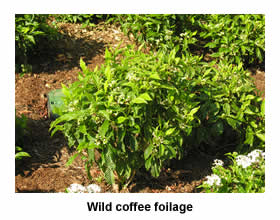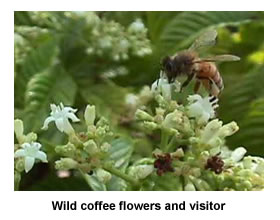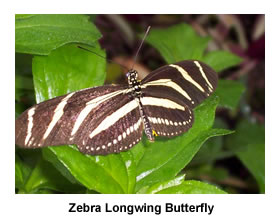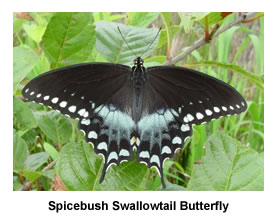
|
WILD COFFEE Wild coffee, Psychotria nervosa is a beautiful native shrub characterized by glossy, rich, forest-green leaves in shaded settings that grade to pale green in full sun. Petite, white flowers in spring and summer, displaying a bold fragrance akin to gardenia, are followed by small, shiny red berries that yield "coffee" beans (actually seeds) that Native Americans brewed for medicinal and ceremonial concoctions and which Florida "crackers brewed into a crude coffee beverage. The wild coffee beans had no caffeine, so the beverage did not offer the "pick-me-up" provided by Starbucks. However, the plant reportedly produces the chemical compound "dimethyltriptamine", which is hallucinagenic and which may explain its popularity today with many in the "counter-culture" crowd.
Wild coffee doesn't require special fertilizers, and it can be grown in both acidic and alkaline soil. Although it is reportedly not salt tolerant, it grows beautifully along the coast. It germinates readily, has few pest problems, tolerates varying amounts of water and it is not invasive, perfect for xeriscapes. It also prevents soil erosion. In the northern part of Florida, wild coffee forms a low-lying ground cover that is knocked back each winter by freezes. Further south, the plant typically grows as a dense, round, multi-stemmed shrub about 5 feet tall and spreading 4 to 8 feet. Many butterflies, including the Florida state butterfly, the zebra longwing, and the spicebush swallowtail, drink nectar from the flowers of wild coffee. Honeybees also visit the flowers and pollinate them. The seeds inside the red berries are an important food source for cardinals, catbirds, mockingbirds, blue jays and other birds.
|
© 2010 Gilligan's Island, LLC



